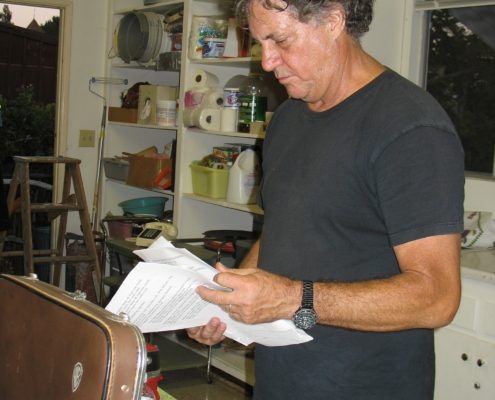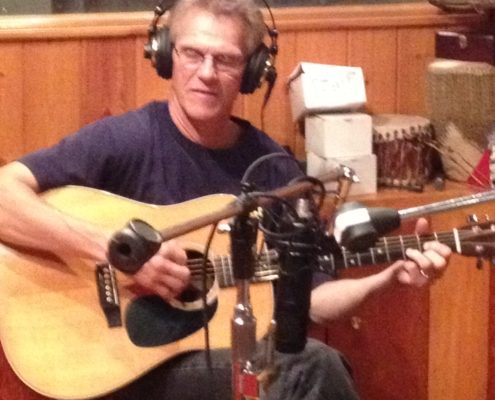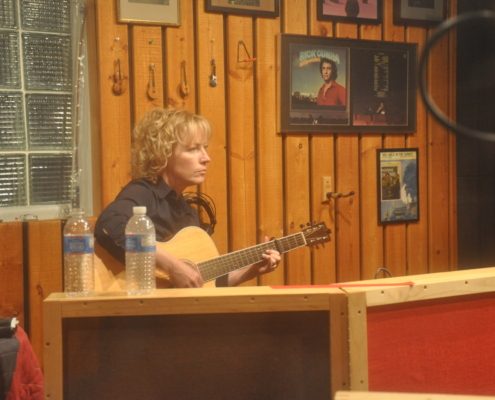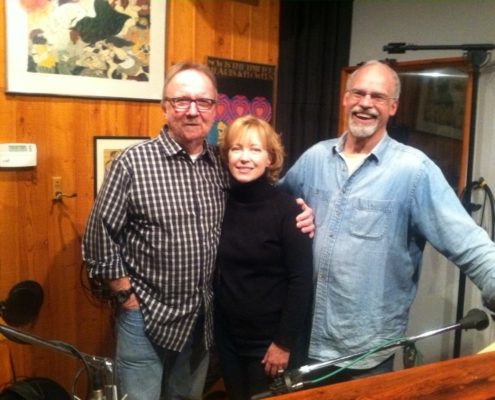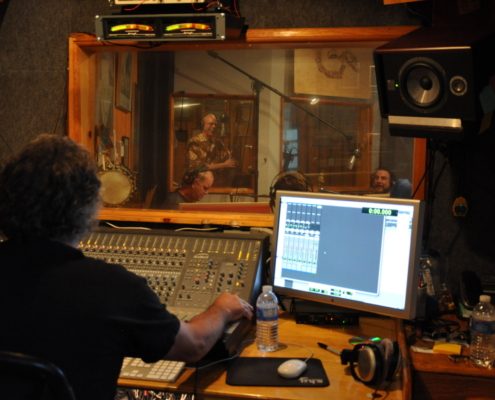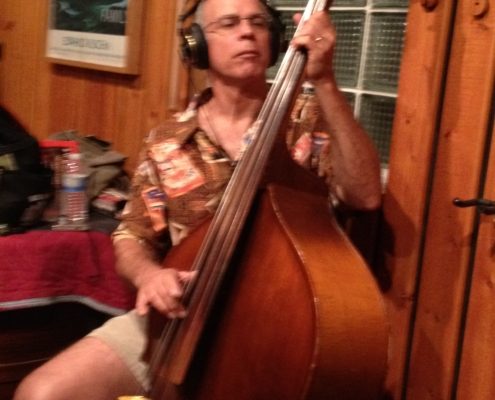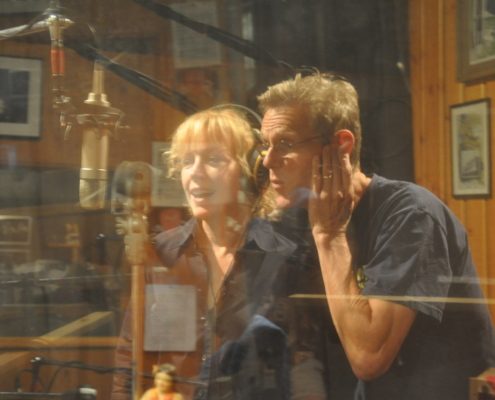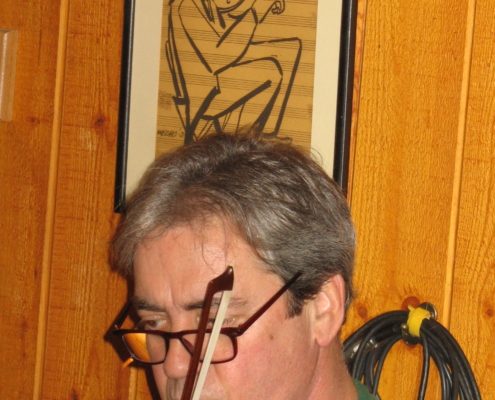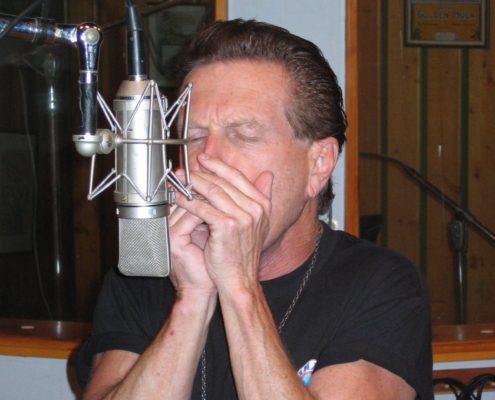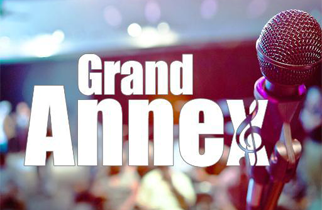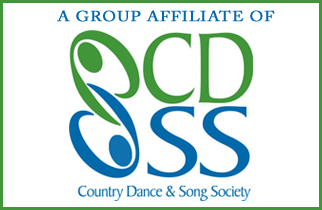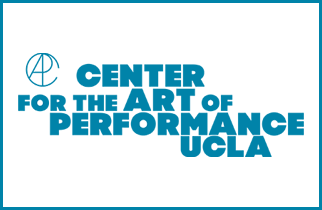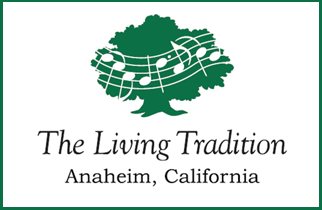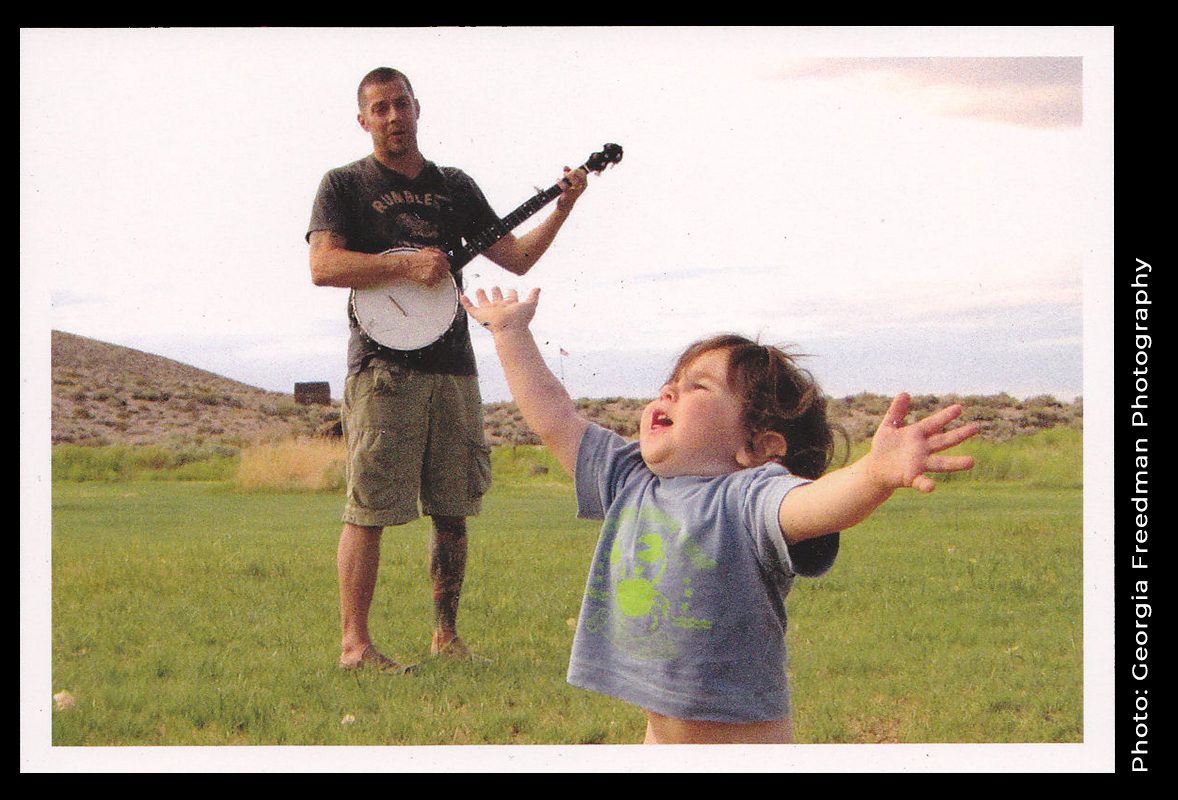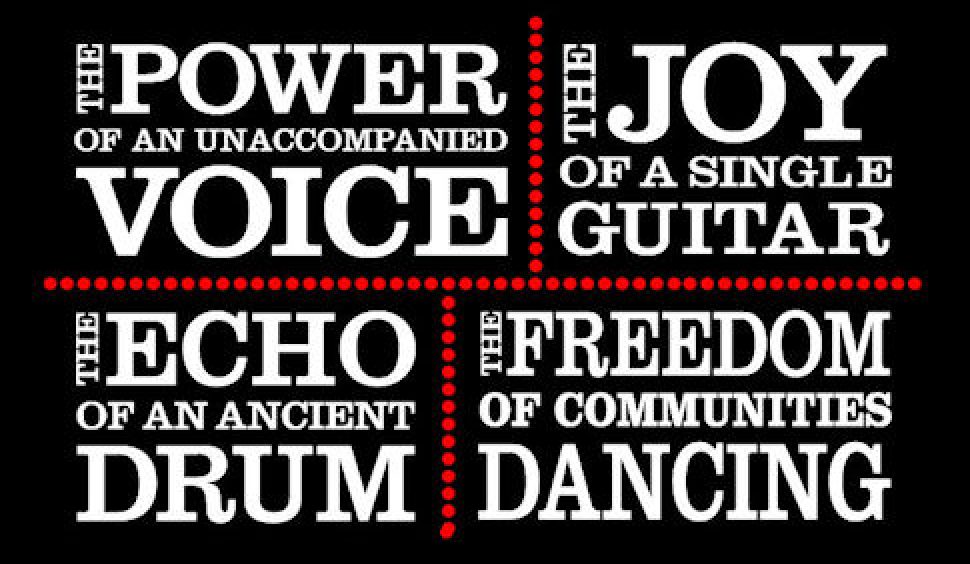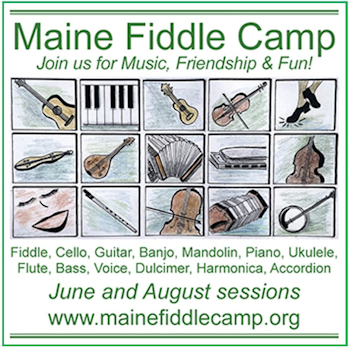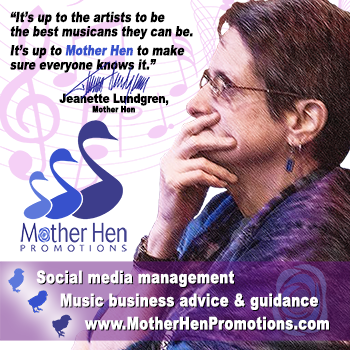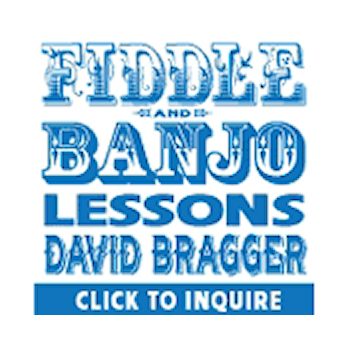Rick Cunha
(July 17, 1944 - September 30, 2023)
Farewell My Friend
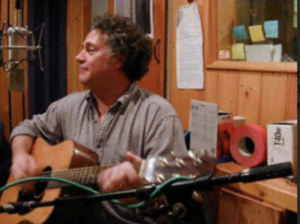
Rick Cunha
It was the spring of 2002 and I was recording an instrumental track onto an album at The Rainbow Garage in Van Nuys, California. My engineer was Rick Cunha. It was an autoharp track for the old country song “The Lightning Express,” and the album was “Home On the Hill,” my first solo CD, backed by marvelous musicians from the Eight Hand String Band, with guests Kenny Kosek, Bob Applebaum, Juke Logan, Dan Sankey and Mike Witcher.
I had never recorded an instrumental track before and was really focused on doing a good job for Rick. When the song finished and my last long strum rang out, I heard a silence. And then over the speakers came the voice of the engineer: “Good job!”
That was my friend and colleague, Rick Cunha.
Rick has left this world a better place at the time of his passing on September 30, 2023, having produced, engineered and performed on countless record projects from his Rainbow Garage recording studio that my band and I had come to call home. From that first album in 2002, we began a long association with Rick, as he engineered “Blue Eyed Darlin” (2005), “Green Kentucky Blues” (2007), “White Swan” (2015), and worked on the compilations for “Singing the Moon Up: The Voice of Jean Ritchie” (2006), “Live at the Freight & Salvage” (2010), and just recently, recorded our guest Bill Cunliffe on piano for our latest release “Do You Have This in Blue” (2023).
The Hilonesome Band and later The New Folk Ensemble and I logged a lot of hours in that lovely wood-paneled space.
As a memory of appreciation and love, I offer our experience of great times and hard work in that space, getting to know and respect Rick’s work, how much heart and soul he poured into his projects, how accommodating and how wise he was in all things music and all things people. We relied on him and he never failed us. All of us who knew and loved Rick will miss him and that beautiful heart. Rest in peace, dear friend.
Lastly about us: In 2007, we had a song for our album “Green Kentucky Blues” called “I Only Dream of You” by Rob Carlson. It was written to be a duet between a man and a woman, and our pick for the male singer had fallen through. The next day when we went into the studio, we found, to our delight, that Rick had recorded himself singing the part and it was dynamite! So here is our duet on “I Only Dream of You” from the album “Green Kentucky Blues” released in 2007. Song by Rob Carlson.
Rick Cunha and Susie Glaze sing “I Only Dream of You” from the album “Green Kentucky Blues.”
Read Rick’s discography on Second Hand Songs
Biography
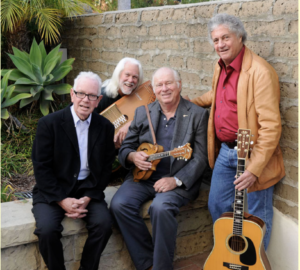
David Jackson, Dave Dawson, Peter Feldmann, Rick Cunha
Versatile musician Rick Cunha was born as Richard Dale Cunha on July 17, 1944 in Washington, DC and raised in the San Fernando Valley in Southern California. He graduated from Grant High School in 1962 and attended Valley College for one year. Rick studied Hawaiian steel guitar with Ernie Ball and switched from steel guitar to Spanish guitar during the early 60’s folk music renaissance. Cunha moved to Hawaii in February of 1963 and began performing at a small Honolulu club called Hum-bums. He made a guest appearance as the Hawaiian Hootenanny Boy on the TV show “Lucky Luck” in 1964. Along with partner Dave Dawson Rick worked the Honolulu nightclub circuit through 1966. Cunha then moved back to Los Angeles and formed the folk-rock trio Hearts and Flowers with Dawson and Larry Murray. The group recorded two albums for Capitol Records before breaking up in 1968. Among the people Cunha has toured with are Jennifer Warnes (who had a Top 40 hit with Rick’s song “When the Feeling Comes Around” in 1980), Mason Williams, John Stewart, and the Byron Berline and Sundance Band. Moreover, Rick has worked as a studio musician for such artists as Emmylou Harris, Buck Owens, Dolly Parton, Waylon Jennings, and Rose Maddox. The artists who have recorded his songs include Ian Matthews, Michael Johnson, and the Smothers Brothers (Tom Smothers has performed Cunha’s song “Yo-Yo Man” both on television and in concert). In addition, Rick has performed in concert with such folks as Emmylou Harris, Jennifer Warnes, Mason Williams (he has also worked as a producer for Williams), Anne Murray, and the Smothers Brothers. In 1981 Cunha performed his composition “Rainbows” for the Hawaiian Song Festival in Honolulu (Rick is the grandson of noted “Hapa Hoale” Hawaiian music songwriter Sonny Cunha). He composed the catchy country-folk score for the offbeat road picture “Best Friends” and contributed to the soundtrack of the poignant indie drama gem “Stanley’s Gig.” Rick’s albums include “Cunha Songs” and “Moving Pictures.” Rick Cunha now works as the musical director for Wells Fargo Radio Theater and is the owner and operator of the Rainbow Garage, a recording studio in Van Nuys, California.
Here’s his 1974 hit “(I’m A) Yo Yo Man.”
Read About Hearts and Flowers on Wikipedia
Hearts & Flowers was an American, Los Angeles-based folk rock club band, perhaps most significant as one of the groups that launched the career of Eagles’ founding member and guitarist-songwriter, Bernie Leadon. The line-up included Larry Murray (vocals, guitar), Dave Dawson (vocals, guitar, autoharp), and Rick Cunha (vocals, guitar).
The individual members met at the ongoing Monday night jam sessions being held at The Troubador over which Murray presided. Cunha and Dawson, who played in a duo, were newcomers as recent transplants to the area from Hawaii. After a few informal picking sessions, the trio gelled and started performing.
“We had a unique sound, a very strange sound, particularly because we found what we did best was old, traditional, country hillbilly music,” Murray told John Einarson. “That became the core of what we did, the three of us, and we took it from there.”
The group’s sound was described as “Merle Haggard-meets-Sgt. Pepper” as a result of the wide-ranging influences each member brought to Hearts & Flowers. This included the aforementioned Haggard, plus Buck Owens, The Louvin Brothers, The Everly Brothers, The Country Gentlemen, The Beatles, and Bob Dylan. With such unorthodox influences—plus the fact that the band featured autoharp—the group was torn about the direction it wanted to take. “Had it been up to us, we would have gone way country,” said Cunha. “We wanted it to be commercial and fit into the pop market, but left to our own devices it would have been even more country. Production changed what we would have done.”
Meanwhile, Hearts & Flowers was influencing local musicians, who heard them in various folk clubs around the Los Angeles area. This included several people who would later be credited with developing the then-germinating Southern California country-rock sound. Jim Messina (Buffalo Springfield, Poco, Loggins and Messina) says, “Those three guys were probably the closest thing to what we were all flowing into. They were the cutting edge of where the rest of us were going. They were the black that didn’t quite have the edge sharped on it yet. I got my first Telecaster from Rick Cunha.” The group signed a deal with Capitol Records’ Folk
World label in December 1966. Once in the studio, the trio was filled out with studio musicians and steered into a more folk direction. On the road, the group would be augmented with an ever-changing series of musicians including Terry Paul (Kris Kristofferson), Pete Carr (The Hour Glass), and Karen Carpenter (The Carpenters). Tensions over the direction of the group eventually came to a head. Cunha left the group in late 1967 to write country music and produce.
Leadon replaced Cunha for the second album in 1968. Leadon was well known to Murray as they had played in The Scottsville Squirrel Barkers, a San Diego bluegrass group responsible for launching both those members’ careers, as well as those of Chris Hillman and Kenny Wertz.
Among venues they played during the mid-1960s were Los Angeles clubs Ledbetter’s, Doug Weston’s Troubadour, the Whisky a Go Go, and the Ash Grove, primarily as an opening act. Some of the groups with whom they shared a bill included the Doors, Bill
Monroe, Buffalo Springfield, and Blue Cheer. After recording two albums without major success, the group disbanded in 1968.
Murray claims the group was “in a rut” and each member was working with other, different musicians. “But for a simple twist of fate, we could have been huge. We had what it took, we had a lot of charisma, the personality of the group was amazing. But I don’t think we were focused business-wise. We tended to go with losers, because they were less high-pressure, and we dodged the real pressure people whose asses we should have been kissing. But you do what you do. Everything we did seemed like a good idea at the time.”
The break-up of the band came just prior to the release of the seminal country-rock album by the Byrds, Sweetheart of the Rodeo, and the subsequent formation of the Flying Burrito Brothers, both of which are credited with popularizing the genre.
Rest in peace dear friend, and thank you for everything.

